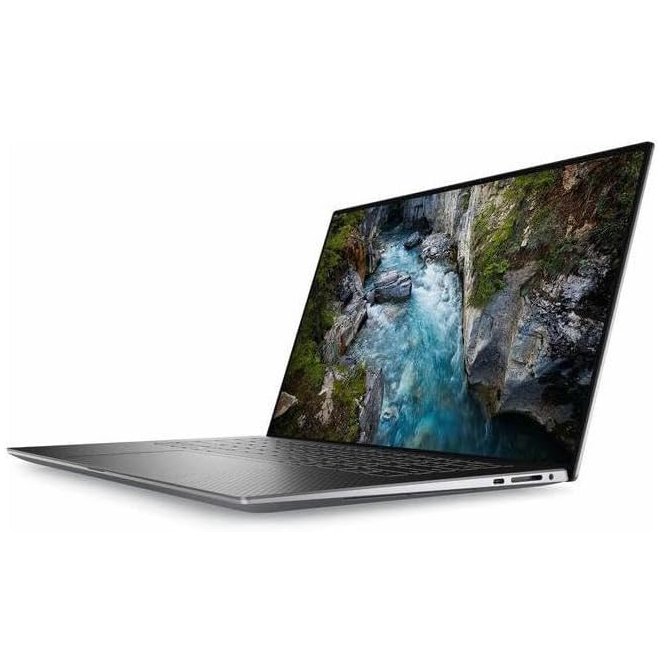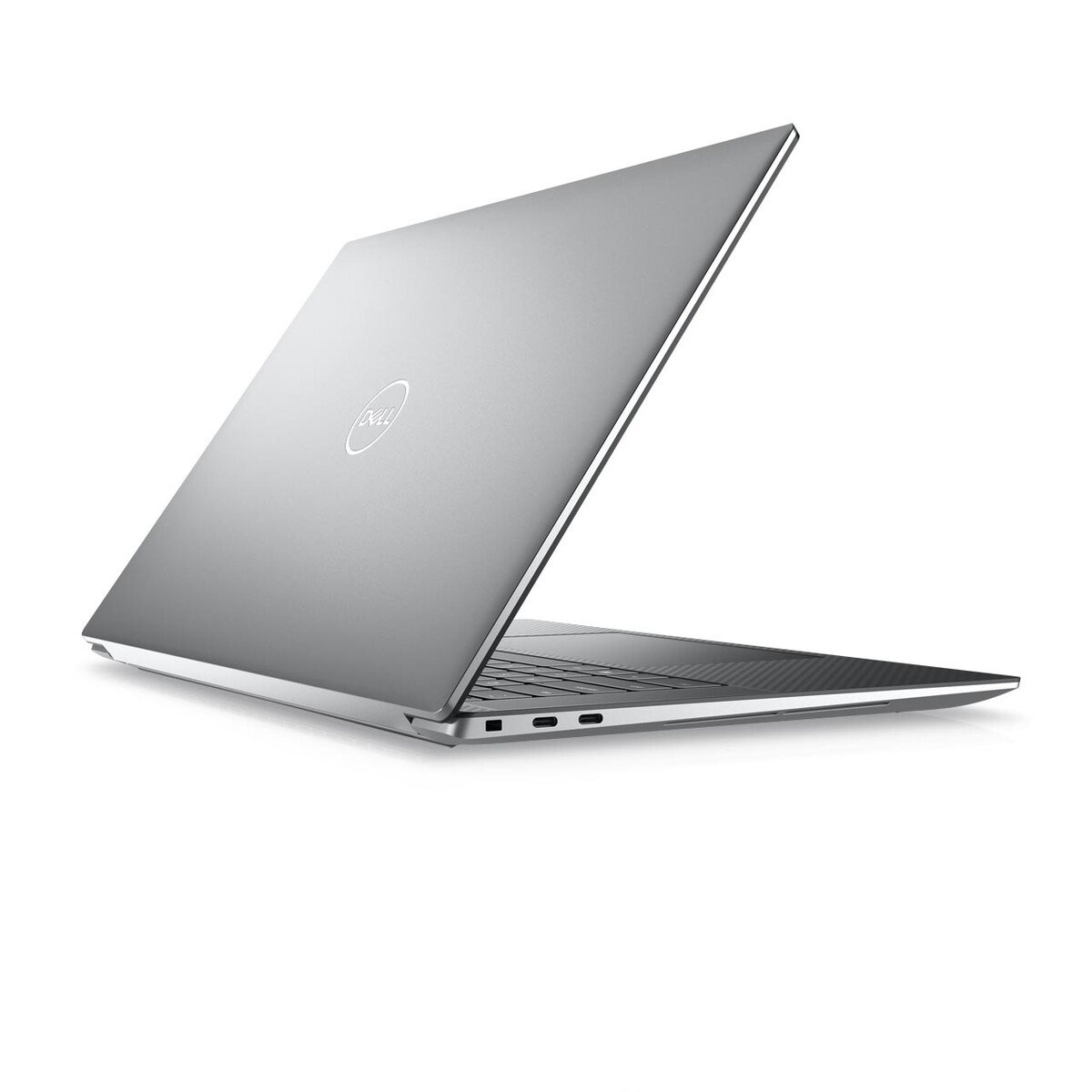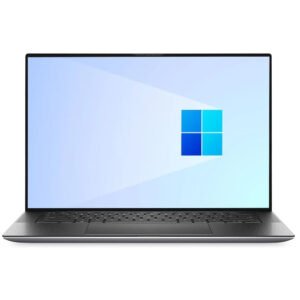Subtotal: 1,980.00 AED
Dell Precision 5570 Laptop 15.6″ Intel Core i7-12700H Processor,32GB RAM, 512GB SSD, NVIDIA RTX A2000
Out of stock
| Brand and Model | Dell Precision 5570 |
| CPU model | Intel Core i7-12700H |
| Installed RAM memory size | 32 GB DDR4 |
| Graphics card description | NVIDIA Quadro A2000-4GB |
| Hard disk size | 512 GB SSD Nvme |
| Screen size | 15.6 Inches Full HD |
| Colour | Silver |
2,300.00 AED 2,800.00 AED
Out of stock
CompareDesign & Build Quality
• Premium materials: Aluminum chassis with a carbon-fiber keyboard deck—sleek, sturdy, and visually akin to the XPS 15 .
• Portability: At 1.8 kg and 15.6″ in size, it’s slim and mobile for a workstation .
• Serviceability: Offers good maintenance access with two RAM and two storage slots, and a replaceable battery .
• Hinge & stability: Smooth one-finger opening and strong hinge, albeit a slight display flex when typing hard .
Display & Input
• Display options:
• FHD+ IPS (1920×1200), 500 nits, 100 % sRGB
• UHD+ touch (3840×2400), 500 nits, 100 % Adobe RGB & 99 % DCI‑P3 .
• Trackpad: Large and responsive, though users note occasional erratic behavior .
• Keyboard: Comfortable layout but gets warm during high workloads .
Performance & Thermals
• CPU: 12th‑Gen Intel i5/i7/i9 up to Core i9‑12900H—solid single/multi-core power .
• GPU: NVIDIA RTX A1000 (4 GB) or A2000 (8 GB)—excellent for CAD, 3D design, and professional graphics .
• Memory/Storage: Up to 64 GB DDR5 RAM; dual M.2 slots support up to 4 TB SSD .
• Cooling:
• Dual-fan system generally effective, but can overheat under prolonged heavy loads .
• Some users report core temps jumping up to 100 °C even at idle and throttling during video editing .
• Fans emit high-pitched noise under low RPM.
Product Overview
| Weight | 1.84 kg |
|---|---|
| Dimensions | 34.4 × 23.0 × 1.15 cm |
| Display | 15.6" FHD+ (1920×1200) WLED |
| CPU | Intel Core i7-12700H |
| Graphics | NVIDIA RTX A1000 4GB |
| RAM | 16GB DDR5 |
| Storage | 512GB PCIe SSD |
| Battery | 6-Cell 86Wh |
Minimal prior usage – renewed by expert hands. Our products show no visible scratches, dents, or signs of wear. Each unit undergoes a rigorous quality check, is professionally renewed, and securely repackaged in a clean, generic box. We include all compatible accessories and offer up to 30 days warranty for your peace of mind.
Key Features:
Minimal Usage, Like-New Condition
The product has been gently used and restored to near-new condition. No visible marks, scratches, or blemishes. Packed in a new generic box with compatible accessories.
Certified Quality Check
Each item goes through Idita Smart IT’s standard functionality checklist and is renewed by certified experts to ensure it performs like new.
100% Functional, Grade Reflects Appearance Only
All our devices are fully functional. The grade simply reflects the physical appearance, not the performance.
Warranty for Peace of Mind
Enjoy up to 30 days warranty, giving you confidence in your purchase.
 Microsoft Surface Pro 7 with i5-10th
Microsoft Surface Pro 7 with i5-10th  Lenovo ThinkPad T480s– Intel Core i7-8650U(8th Gen), 16GB RAM, 256GB SSD, Nvidia 2GB, 14" FHD, Win 10 Pro – Used
Lenovo ThinkPad T480s– Intel Core i7-8650U(8th Gen), 16GB RAM, 256GB SSD, Nvidia 2GB, 14" FHD, Win 10 Pro – Used 






Thaha Pakayil –
✅ Summary: Pros & Cons
👍 Pros
• Sleek, robust build with workstation-grade aesthetics
• Portable for a 15″ workstation
• Excellent screen options with rich color accuracy
• High-end performance with 12th‑Gen CPUs and RTX A-series GPUs
• Upgradeable memory and storage, and fully serviceable
👎 Cons
• Thermal design under stress can lead to overheating and throttling
• Trackpad and USB-C port issues reported by users
• Fan noise and high-pitched sound under low RPM
• Potential reliability concerns: motherboard replacements have been needed
• Keyboard heats up noticeably during intense usage
Thaha Pakayil –